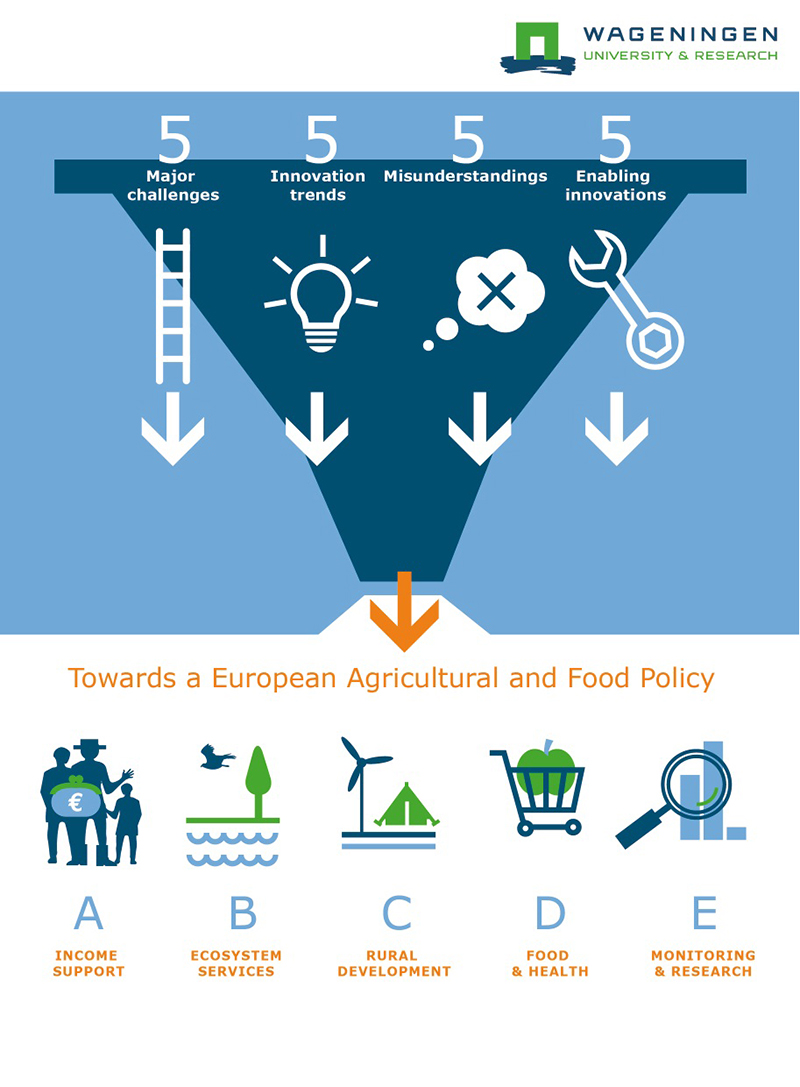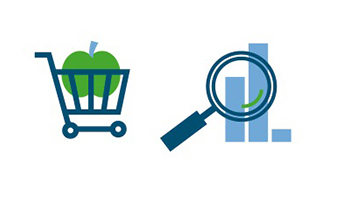Consumers are becoming more informed about the dangers of certain ingredients and the presence of allergens and pesticides in food. In the future, virtually the only way companies can build and retain consumer trust is through providing transparency in the food chain.
“Transparency will no longer be an option,” says John Keogh, president and principal advisor at Shantalla Inc. “Food businesses have to commit themselves to transparency as the only way to demonstrate to the market how customer-oriented they are.” Keogh discussed the need for companies to be forthright not just about what is in food, but also the entire product journey—the who, what, when, where and how—during a recent webinar by the GMA Science and Education Foundation, “Transparency in the Food Value Chain”.
Drawing on examples such as the horsemeat scandal in Europe, trust is quickly lost when dishonesty rears its head. “We need to bring a level of honesty and ethics into supply chain transparency,” says Keogh. This includes disclosing where the product is made or grown, including the state, in the case of the United States; the province, in the case of Canada; and where Japan is concerned, the prefecture. A recent example is Taiwan’s plans to require prefecture labels of Japanese food imports following the Fukushima Daiichi nuclear power plant disaster, which has raised significant concerns over radioactive contamination in food.
As the supply chain becomes increasingly global and more complex, several factors are compelling transparency. Regulations that address food safety, security, defense, and fraud will all have an impact. The Foreign Supplier Verification Program (FSVP) under FSMA will put pressure on the nearly 200 countries that import products into the United States. According to Keogh, there are 220,000 importers on record, and they have about 300,000 facilities, all of which must be inspected under the FSVP mandate. In Europe, the EU regulation 1169/2011 requires the disclosure of more information to consumers, including mandatory origin labeling of unprocessed meat from pigs, sheep, goats and poultry, mandatory nutrition labels on process foods, and disclosure of allergens in the ingredient list. Companies will also need to consider requirements for Halal and Kosher foods.
Technology plays the key role in driving consumer awareness and demand for more information, but Keogh notes there is a gap between consumer expectations from a data perspective and the ability of companies to actually deliver this data. He offers some examples of emerging technologies that companies can use to facilitate supply chain transparency. Sourcemap is a supply chain mapping solution that allows companies to link from their raw materials sites to the end customers. Companies can generate reports from various metrics and identify the weak links in their supply chain. Trace One is a product lifecycle management solution that has a focused module for transparency. The company also recently announced the first B2B social network for supply chain transparency as well as the full alignment with GS1 standards and embedding fTrace into its platform. Manufacturers using Trace One have visibility on all of their ingredients, suppliers and facilities, and can search for products that may be affected by an ingredient or facility problems related to a recall, for example.
“Food chain transparency has the potential to create new business opportunities for retailers and manufacturers,” says Keogh. Moving forward, companies will need to have a foundation of standards, specifically GS1 Standards, and use them at a deeper level to enable interoperability between the technologies that supply chain partners use. Keogh urges companies to think beyond food safety and food quality to value-based transparency to increase value not just for the end consumer but also for supply chain partners. This will also involve ensuring privacy of data surrounding pricing and proprietary information.




